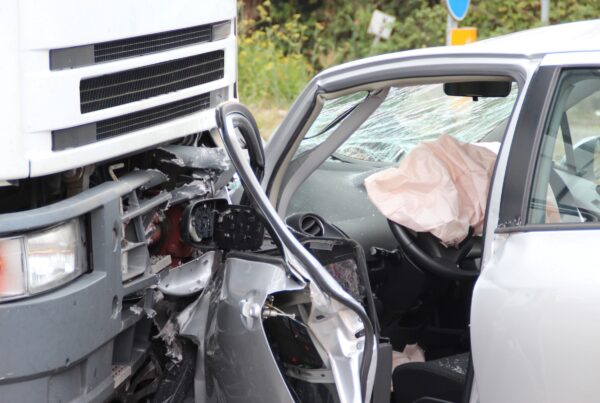Due to the sheer size, height, and weight of massive construction site cranes, these types of accidents are often characterized with having catastrophic, if not, fatal injury. Not only are the workers themselves at risk, but also general passers-by.
Recently, a St. Louis worker was killed on a Metropolitan Sewer District construction site when a crane swung and struck him at about three in the morning. All of the details have yet to be uncovered, but a thorough investigation is underway.
According to an MSD spokesman, this is the first work-related death on an MSD job site since 2011; however, accidents like this happen every year in the construction industry, despite the fact that safety regulations are put in place to avoid them.
Public awareness on this issue has been heightened over the years due to crane accidents occurring in large cities like St. Louis and across the country. In many of these cases, the guidelines set forth by the Occupational Safety and Health Administration (OSHA) may not have been followed properly.
Causes of Crane Accidents
According to OSHA, there are more than 250,000 crane operators and construction workers in the U.S. who are at risk of serious or fatal injuries. The agency performed an analysis of crane accidents and identified an average of 71 fatalities each year, with the reasons for these varying widely.
Causes of crane accidents include, but are not limited to:
- Operator error
- Failed design features
- Overloading the crane
- Unstable foundation causing them to overturn
- Contact with power lines causing electrocution
- Poor maintenance of equipment
- Inexperienced or poorly trained crane operators
- Crane operators attempting to move excessive payloads or drop loads
- Falling objects
- Hoist failure
- Boom collapse
- Counterweights strike or crush workers
- Mechanical failures
- Continued use after failed or improper inspections
- Rigging failures
- Buckling
The exact cause of an accident may require an investigation by a skilled team. In some cases, there may be multiple contributing factors behind crane accidents, but one thing is certain in far too many cases: crane accidents happen when key planners fail to make the safety of workers and the general public their top priority.
OSHA Guidelines for Crane Use
The Occupational Safety and Health Administration is a program that works to ensure all employers are following proper safety techniques in order to create a safe and productive working environment for their employees. This includes establishing certifications, licensing, and user qualifications.
To try to mitigate injuries and fatalities as much as possible, OSHA has set forth several regulations in regard to crane use on construction sites.
These guidelines include, but are not limited to:
- Cranes must be placed on stable ground.
- Cranes must be at least 10 feet away from power lines.
- Manufacturer-specified weight limits must be strictly observed.
- Crane operators must go through the proper channels of training and certifications (certifications must be issued by an accredited certifying body).
- Crane equipment must be regularly maintained, making sure that all parts are in proper working order before use.
- Crane equipment must be regularly inspected for equipment defects and failures, such as cracks, worn-out ropes, faulty wiring, and damaged parts that could lead to accidents.
- If there is a damaged part that must be repaired or modified, this should be done by a trained and qualified person.
- Employers must evaluate their crane operators according to specified criteria and a stipulated process.
- Employers must ensure that all evaluation documents on equipment and crane operators are up-to-date.
- There should be a qualified “signal” person who will assist the crane operator in maneuvering loads.
- Cranes and loads must be properly rigged. The loads should be set by a qualified “rigger” to make sure that they do not come loose.
View OSHA resources for more information:
Schedule a Consultation with a Construction Accident Lawyer in St. Louis
If a crane accident has occurred as a result of a defective design, or a person or entity failing to comply with safety responsibilities, contact our attorneys immediately. Our experienced construction accident lawyers at The Simon Law Firm, P.C. can help you build your case based on our vast knowledge of OSHA rules and regulations.
It is crucial that you obtain experienced legal representation from attorneys you can trust. Contact The Simon Law Firm, P.C. now for a free consultation!







